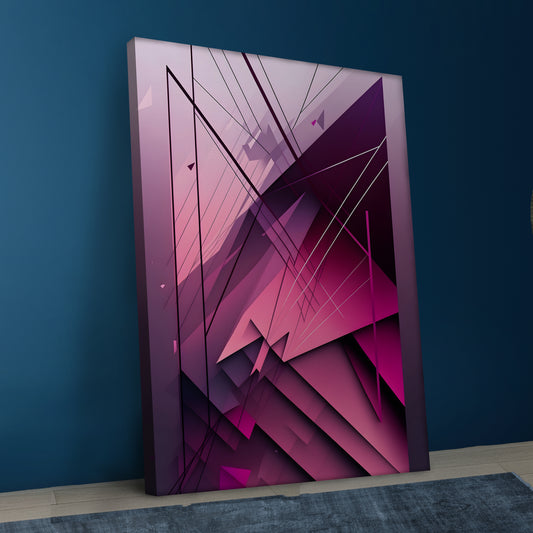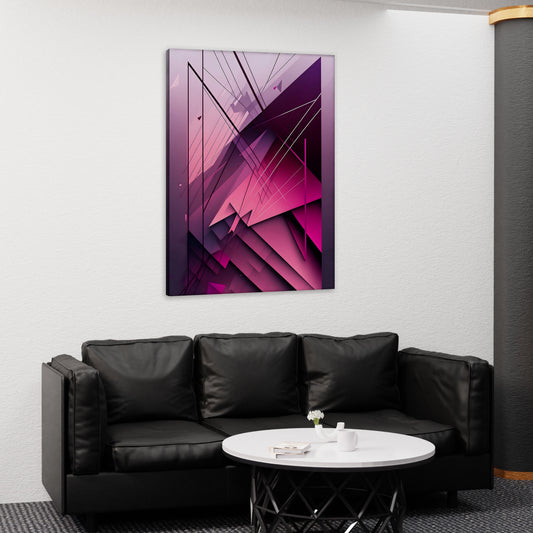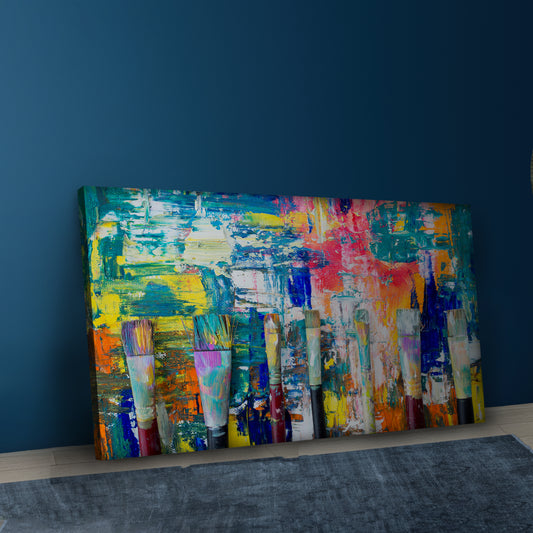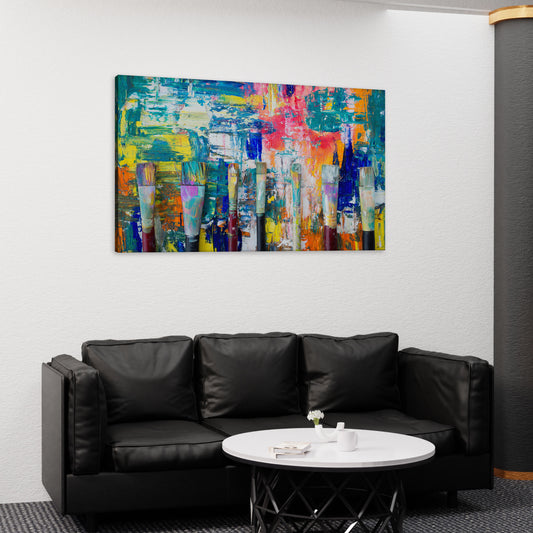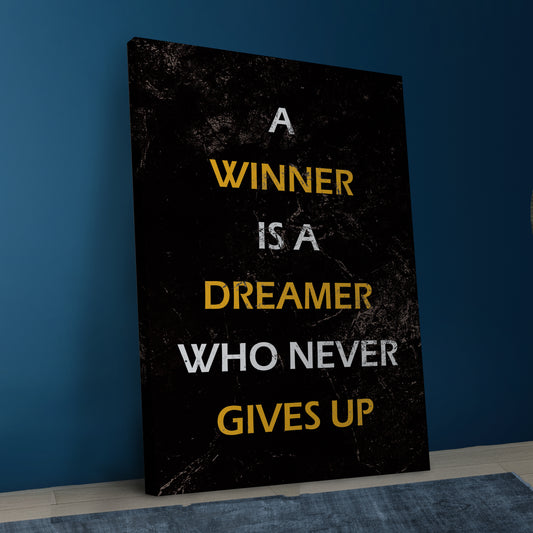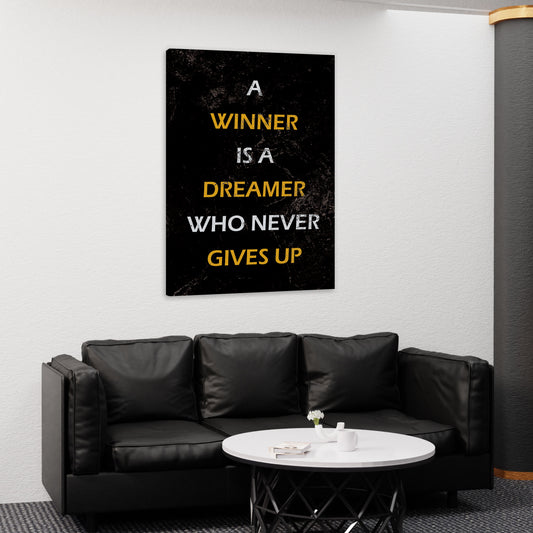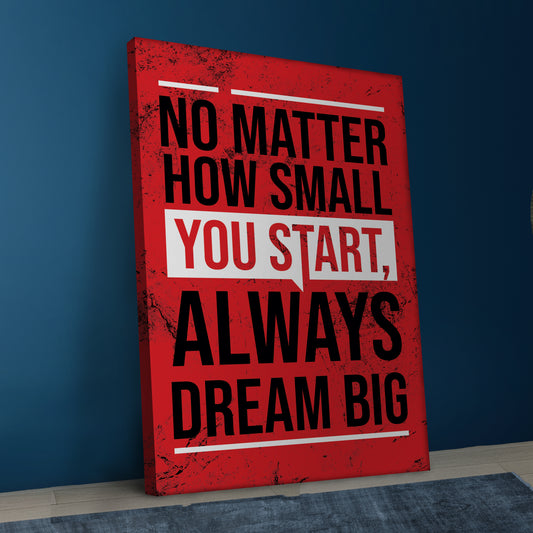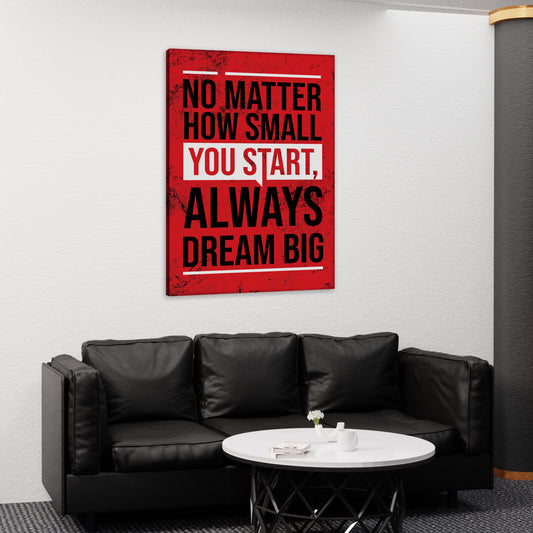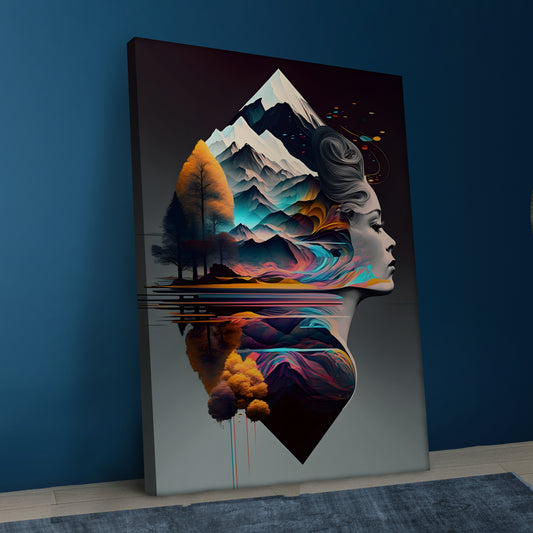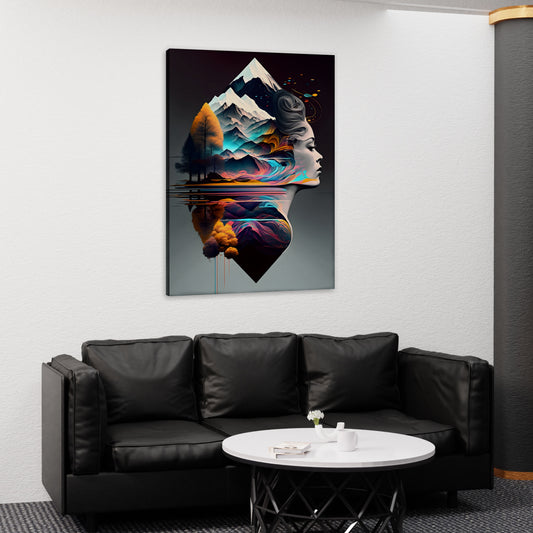DIY Abstract Canvas Wall Art: Personalized Creations for Your Home
Adding a personal touch to your home decor doesn’t always require purchasing expensive artwork. DIY abstract canvas wall art offers an affordable and creative way to express yourself while complementing your home’s style. The best part? You don’t need to be a professional artist to create stunning, one-of-a-kind pieces.
In this guide, we’ll explore ideas, techniques, and tips to help you create your own DIY abstract canvas art and personalize your home with meaningful designs.
1. Why DIY Abstract Art Is Perfect for Home Decor
DIY abstract art allows you to infuse your personality into your home. It’s highly customizable, letting you experiment with colors, shapes, and textures that resonate with your style.
Benefits of DIY Abstract Art:
- Personalization: Create art that holds personal meaning or reflects your mood.
- Affordability: DIY art can be made with inexpensive materials, saving you money.
- Creative Freedom: You have the liberty to experiment without restrictions.
- One-of-a-Kind Creations: Your artwork will be unique and unlike anything found in stores.
2. Materials You’ll Need
Before you start creating your masterpiece, gather the right materials. The good news is that you don’t need a long list of expensive items.
Basic Supplies:
- Blank canvas (choose the size based on your wall space)
- Acrylic paints (a mix of primary, secondary, and neutral colors)
- Paintbrushes in various sizes
- Palette knife for texture
- Painter’s tape (for geometric designs)
- Sponges, rags, or rollers for unique effects
- Water, paper towels, and a mixing palette
You can also add mixed media like metallic accents, fabric pieces, or stencils for more creative depth.
3. Choose a Color Scheme
Selecting the right color scheme is crucial for creating cohesive abstract art that fits into your home’s decor. Think about the mood you want to convey—whether it’s calm and peaceful or energetic and vibrant.
Popular Color Combinations:
- Neutral Tones: Beige, cream, and gray for minimalist decor.
- Cool Colors: Blue and green tones to create a soothing atmosphere.
- Warm and Earthy Hues: Brown, terracotta, and rust shades for cozy, rustic spaces.
- Bold and Vibrant: Red, yellow, and orange for statement-making walls.
Pro Tip: Create a test swatch on a small canvas or paper before committing to your final colors.
4. Simple DIY Abstract Art Techniques
You don’t need to be an experienced artist to create beautiful abstract art. Here are a few beginner-friendly techniques to try:
1. Drip Painting:
- Drip or splatter paint across the canvas using a brush or palette knife.
- Layer different colors for added depth and texture.
- Great for creating dynamic, high-energy designs.
2. Geometric Patterns:
- Use painter’s tape to create clean, geometric shapes.
- Paint over the tape and peel it off once the paint is dry to reveal crisp lines.
- Ideal for modern and minimalist interiors.
3. Blended Gradients:
- Blend two or more colors together using a sponge or brush to create soft gradients.
- Use this technique for a calming, seamless design.
4. Palette Knife Texturing:
- Apply thick layers of paint using a palette knife to create a textured, three-dimensional effect.
- Great for bold, expressive artwork.
5. Incorporate Meaningful Elements
One of the biggest advantages of DIY abstract art is the ability to incorporate personal elements into the design. Whether it’s a favorite quote, a family memory, or symbolic shapes, adding meaning enhances the emotional connection to the artwork.
Ideas for Personalization:
- Write inspirational words or quotes within the layers of paint.
- Use colors that remind you of a special place or time.
- Incorporate stencils or designs related to your hobbies or interests.
6. Experiment with Texture and Layers
Texture is an essential element of abstract art, and you can achieve it through layering and different application methods. Layering paint creates depth, while textured elements add a tactile quality to your piece.
Ways to Add Texture:
- Apply thick paint using a palette knife for raised areas.
- Sprinkle sand or add fabric strips for mixed-media effects.
- Layer paints of different consistencies to create depth and dimension.
7. Let It Dry and Finalize
Once you’ve completed your painting, give it ample time to dry. Depending on the thickness of the paint, drying times may vary, but patience is key to avoiding smudges or damage.
Finishing Tips:
- Apply a protective varnish to seal and protect the paint.
- Sign your artwork in a corner for a personal touch.
- Frame the canvas if you want a more polished look.
8. Where to Display Your DIY Abstract Art
Finding the perfect place to showcase your artwork is just as important as creating it. Choose spaces where the art can be admired without clashing with surrounding decor.
Best Locations:
- Living room feature walls
- Above the bed in the bedroom
- Hallways or entryways for a warm welcome
- Home offices to spark creativity
- Dining areas to add elegance and ambiance
Final Thoughts: Unleash Your Inner Artist
DIY abstract canvas wall art is a creative and rewarding way to personalize your home. With endless possibilities in colors, textures, and techniques, you can design artwork that reflects your personality and brings life to your walls. Plus, the satisfaction of creating something unique will make your home decor even more special.
Gather your supplies, unleash your creativity, and start making art that turns your house into a home. Ready to begin? Grab inspiration from Canvas Kraft’s collection to spark your next masterpiece.

